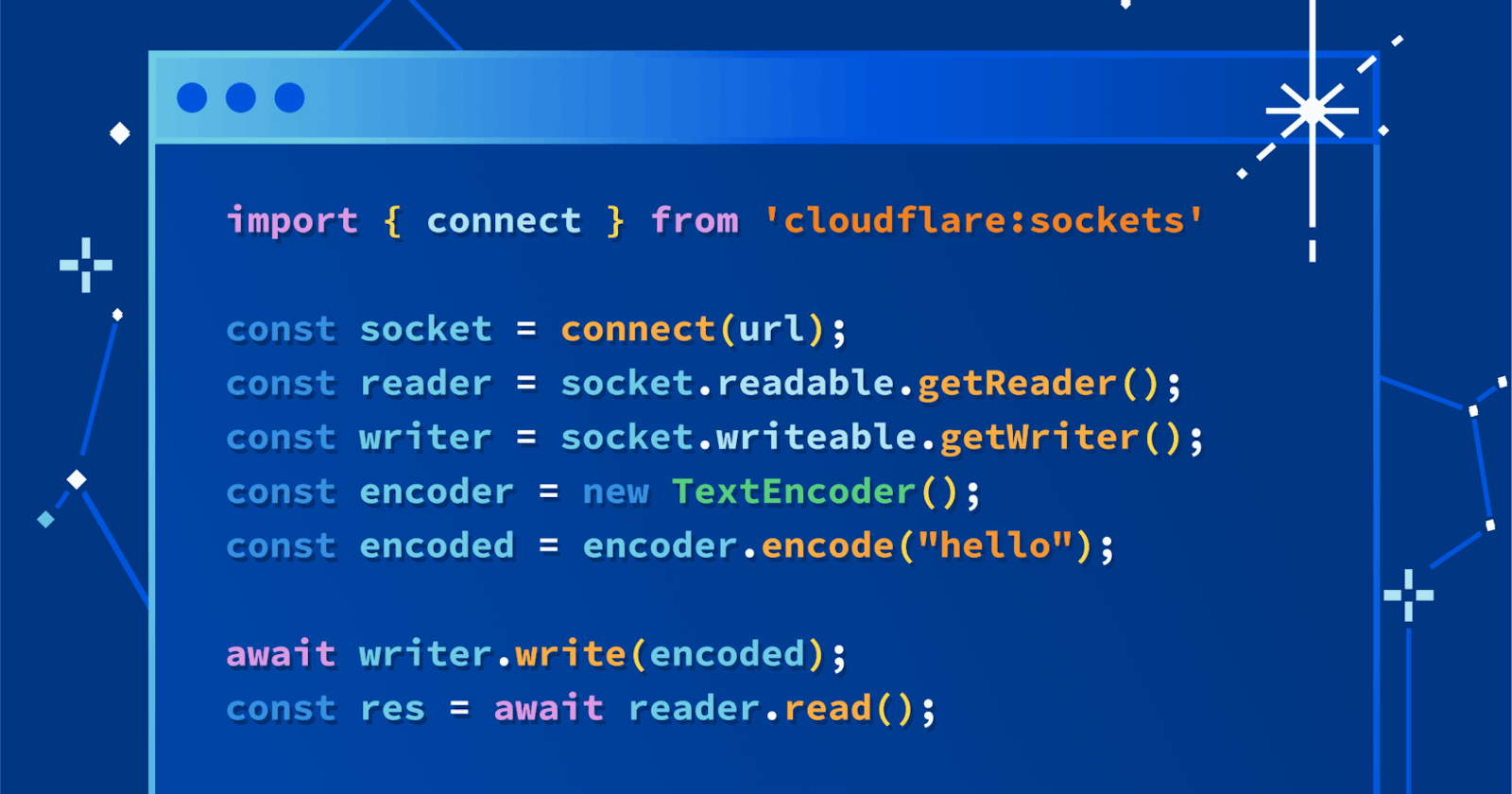Beginner's Guide to Socket Programming in Python

Are you interested in learning how computers communicate with each other over a network? If so, you're in the right place! In this beginner-friendly guide, we'll explore the fascinating world of socket programming using the Python programming language. By the end of this blog, you'll have a solid grasp of what sockets are, how they work, and how to create your own basic networking applications.
What are Sockets?
Sockets are the building blocks of network communication. They enable computers to establish connections and exchange data over a network, such as the Internet. Think of sockets as the virtual "plugs" that allow data to flow between devices. In Python, the socket module provides the necessary tools to create and manage sockets.
The Client-Server Model
Socket programming often revolves around the client-server model. In this setup, one computer acts as a server, waiting for incoming connections, while others act as clients, requesting services from the server. Let's dive into creating a basic client-server application using Python!
import socket
# Create a socket object
mysock = socket.socket(socket.AF_INET, socket.SOCK_STREAM)
# Connect to a website's server
mysock.connect(('data.pr4e.org', 80))
# Prepare a request to get a specific webpage
cmd = 'GET http://data.pr4e.org/romeo.txt HTTP/1.0\r\n\r\n'.encode()
# Send the request to the server
mysock.send(cmd)
# Receive and display the response from the server
while True:
data = mysock.recv(512)
if (len(data) < 1):
break
print(data.decode(), end='')
# Close the connection
mysock.close()
Explanation:
Importing the
socketModule: We start by importing a special module calledsocket. This module helps us work with networking stuff, like connecting to other computers over the internet.Creating a Socket: We create a new "socket" object named
mysock. Think of a socket as a virtual connection between our computer and another computer on the internet.Connecting to a Website: We tell our socket to connect to a specific website's server. In this case, it's connecting to the server of the website "data.pr4e.org" on port 80. Port 80 is commonly used for web traffic.
Preparing a Request: We create a request to get a specific webpage from the server. The
cmdvariable stores this request in a specific format. It's like asking the server, "Hey, can you give me the 'romeo.txt' file?"Sending the Request: We send our request to the server using the
send()function of our socket. It's like mailing our request to the server.Receiving and Displaying the Response: We start a loop that repeatedly receives data from the server in chunks of 512 bytes. This data is the server's response to our request. We check if the received data is empty (length less than 1), and if it is, we exit the loop. Otherwise, we print the received data after converting it from bytes to a readable string using
.decode().Closing the Connection: Finally, we close the connection using
mysock.close(). It's like hanging up the phone after we're done talking to the server.
This program essentially acts like a mini web browser. It connects to a website's server, asks for a specific webpage, receives the content of that webpage in chunks, and displays it on our screen. It's a simplified way of showing how your web browser interacts with the internet to load webpages.
Closing Thoughts...
Congratulations! You've just taken your first steps into the world of socket programming with Python. You've learned the basics of creating a simple client-server application using sockets. This is just the beginning—socket programming has many more advanced features and applications. Whether you're interested in building chat applications, online games, or real-time data transfer systems, understanding sockets is a crucial skill.

Remember, practice makes perfect. Experiment with the code, modify it, and explore further. As you delve deeper into socket programming, you'll gain a deeper appreciation for how computers communicate in the vast realm of networks.
 Hyperlink
Hyperlink